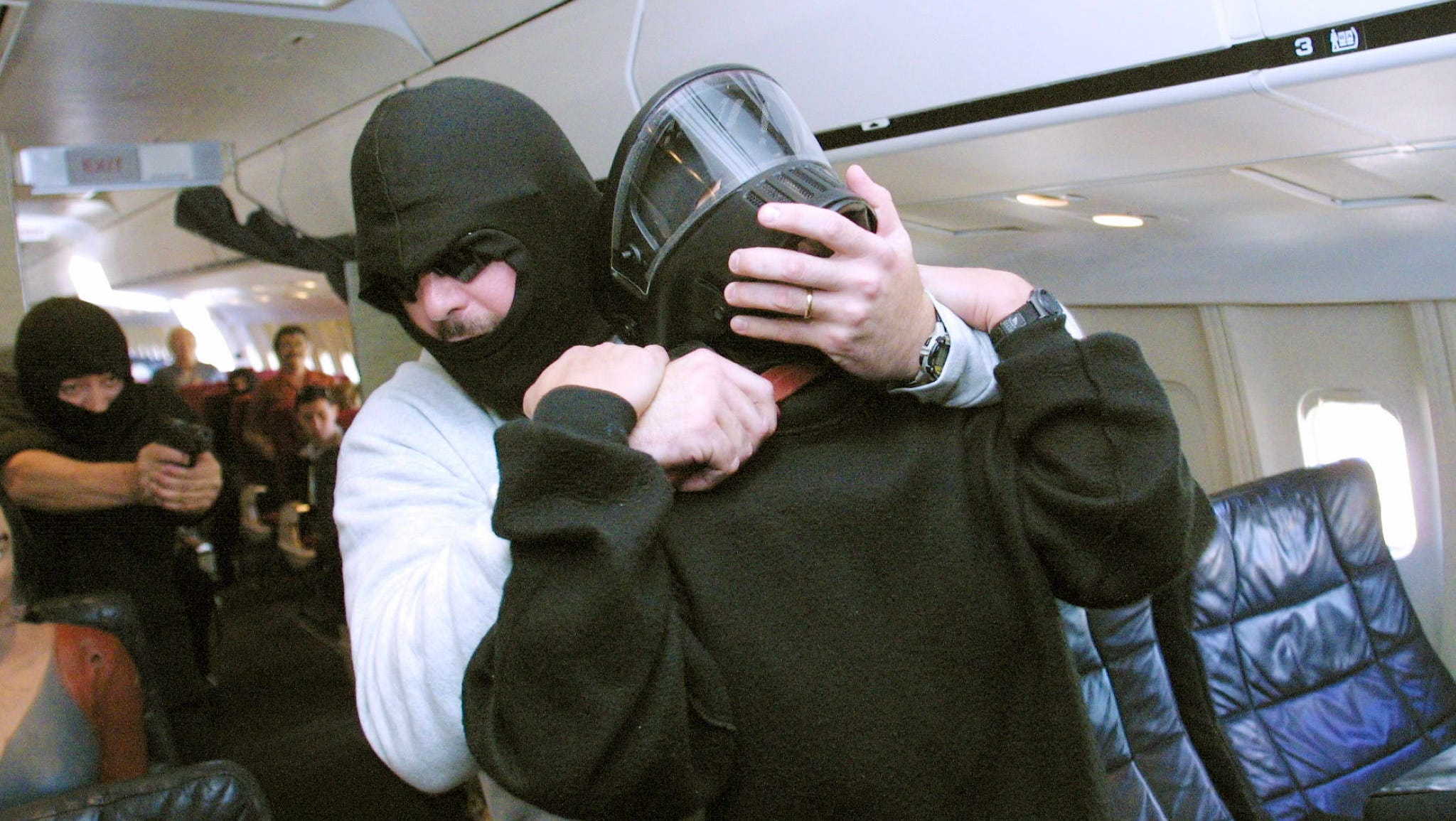
The crew searches for enemy radars using the plane’s passive sensors, designates a target on a special display in the cockpit then feeds, by way of a databus, targeting data to the missile. The most accurate mode combines the missile with sensitive passive sensors aboard dedicated SEAD aircraft such as the U.S. MiGs firing HARMs aim to clear the air for other Ukrainian aircraft to support the counteroffensive.īut it seems those MiG pilots are firing blind at prebriefed targets. Yesterday, officials in Kyiv announced the launch of a long-anticipated counteroffensive in the direction of Kherson. To bolster the 49th CAA, the Russians have been shifting forces from eastern Ukraine to the south-but perhaps too late.

Hanging on to Kherson is Moscow’s top priority.

Liberating Kherson is Kyiv’s top priority as Russia’s wider war on Ukraine grinds into its sixth month. The Ukrainian armed forces for more than three months has been waging a campaign of SEAD and deep strikes against Russian air-defenses and logistics in order to weaken and isolate the Russian 49th Combined Arms Army in and around Kherson, a strategic port with a pre-war population of 300,000. The MiGs fly low to the south before climbing to medium altitude, at which point the camera ship fires both of its HARMs, likely at the same target somewhere in Russian-occupied Kherson Oblast.

The only new equipment that’s visible is a pair of GPS navigation aids. It’s unclear what armament the second plane in the formation carries.Ĭlear shots of the camera ship’s cockpit appear to confirm the Ukrainians have not added to the MiGs any special displays or interfaces for the HARM. The camera ship clutches an 800-pound HARM under each wing in addition to infrared-guided air-to-air missiles for self-defense.


 0 kommentar(er)
0 kommentar(er)
